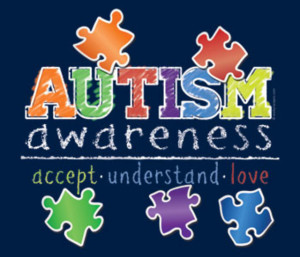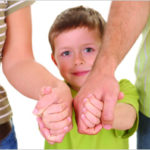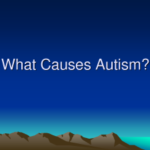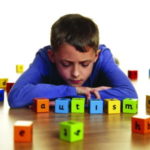Which is Which?
Autism – now under a blanket term known as autistic spectrum disorder – is a neurological developmental disorder that affects approximately 1 in 88 American children, though it affects people of all ages all over the world.
Most people don’t know that there are actually a handful of different types of autism, and due to the wide variety of symptoms it’s important to understand the differences between the types before proceeding forward with any sort of treatment.
Since there isn’t a specific blood test that can determine whether or not someone has autism, the signs and symptoms need to be evaluated carefully in order to determine what subtype of autistic spectrum disorder your child is affected with.
So what are the different types of Autistic Spectrum Disorder – definition?
All types of autism have a handful of similar symptoms; those who are affected have difficulty interacting with others, communicating both verbally and non-verbally, and display unusual behaviors and interests. From there, the symptoms branch off into 5 distinct subtypes.
The 3 most common subtypes are Asperger’s syndrome, autistic disorder, and pervasive developmental disorder – not otherwise specified (also referred to as PDD-NOS). There are 2 rarer conditions – Rett syndrome and childhood disintegrative disorder – that we will not focus on.
Asperger’s Syndrome
Asperger’s is both the mildest and most common form of autism. It tends to affect boys 3 times more often than girls, and is commonly referred to as “high-functioning autism”. Children who are affected with this subtype generally become obsessed with a single subject, and learn everything they possibly can about that certain subject.
Once they have mastered it, they want to discuss it with others nonstop. Even though they enjoy discussing their preferred subject, they tend to be awkward and uncoordinated in social situations. They find it easy to speak about what they have learned, yet don’t hold up well in casual conversations. Those suffering from Asperger’s are also more physically clumsy than those with other subtypes of autism.
Even so, affected children tend to have normal to above average intelligence – hence why it is referred to as “high-functioning autism”. As children affected with Asperger’s begin to enter adulthood, they have an increased risk of anxiety or depression.
Autistic Disorder
Those who effectively meet the set of criteria for autistic disorder are diagnosed with this classic and more severe type of autism. Children with this diagnosis tend to have extreme difficulty in social situations and do not understand how to speak to, interact with, or relate to others.
They follow a rigid routine and tend to be upset by any small changes in their life. They tend to be compulsive and repetitive, such as eating the same foods every day or taking the same route to school without any detours. Children diagnosed with autistic disorder are more likely to also have mental retardation and experience seizures. They have more of a fascination with objects than with people, and are easily disturbed by loud noises, intense smells, and bright lights.
Pervasive Developmental Disorder – Not Otherwise Specified
Pervasive developmental disorder – not otherwise specified has a severity that falls between Asperger’s syndrome and autistic disorder. Though more severe than Asperger’s, it is less severe than standard autism. Most children who fall under the category of autistic spectrum disorders commonly fall under the diagnosis of PDD-NOS due to the inability to fit perfectly to one set of standard criteria.
Because of this, symptoms of children diagnosed with this disorder tend to vary. If a child does not fit all of the criteria for another subtype of autistic spectrum disorder, they are placed into this category. Overall, some common symptoms of this disorder are: better communication skills than children with autistic disorder yet not as good as those with Asperger’s, fewer repetitive behaviors than those with either of the other two subtypes, and a later age of onset.
 Though the definition of autistic spectrum disorder states that these disorders are defined by social impairments and the presence of restricted interests or repetitive behaviors, it takes more than just those three symptoms to make an accurate diagnosis. Though this gives a brief description of each of the 3 most popular subtypes of autistic spectrum disorder, it’s important to document symptoms over time and consult with a professional instead of making a diagnosis on your own.
Though the definition of autistic spectrum disorder states that these disorders are defined by social impairments and the presence of restricted interests or repetitive behaviors, it takes more than just those three symptoms to make an accurate diagnosis. Though this gives a brief description of each of the 3 most popular subtypes of autistic spectrum disorder, it’s important to document symptoms over time and consult with a professional instead of making a diagnosis on your own.
Many symptoms of autistic spectrum disorder in children overlap, and it can be difficult to pinpoint exactly which subtype your child is affected with. Through careful evaluation and the help of a professional, an accurate diagnosis can be made. Whatever type of autistic spectrum disorder your child is suffering from, whether classic autism or otherwise, help is available.
Click here for information on the more rare types of Autism
From our hearts to yours,





